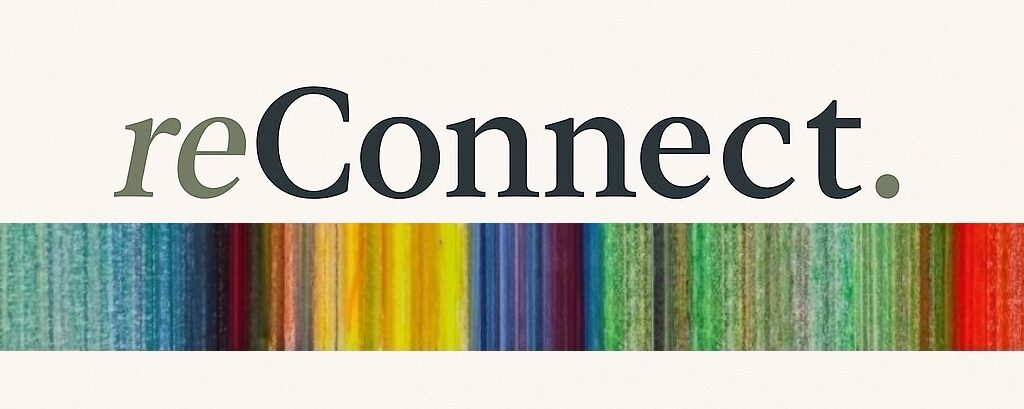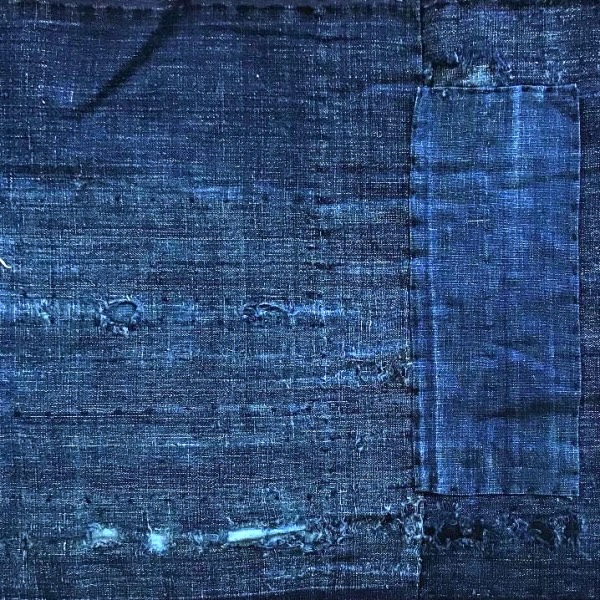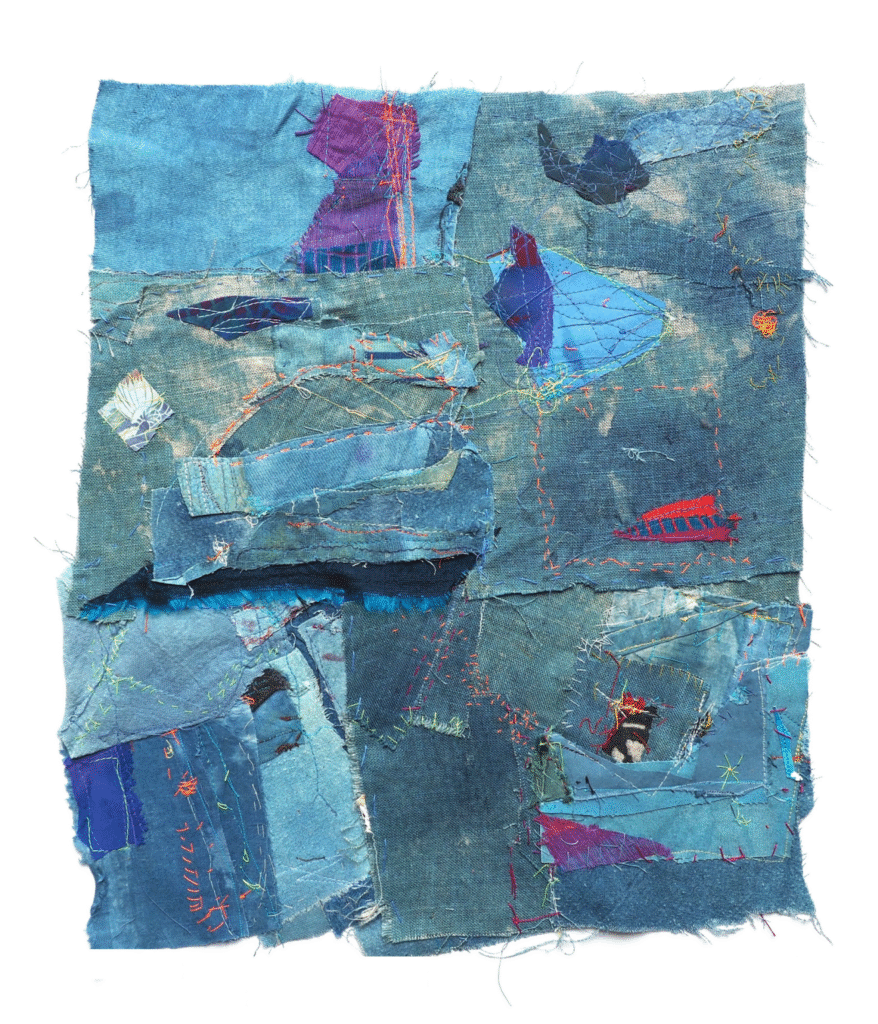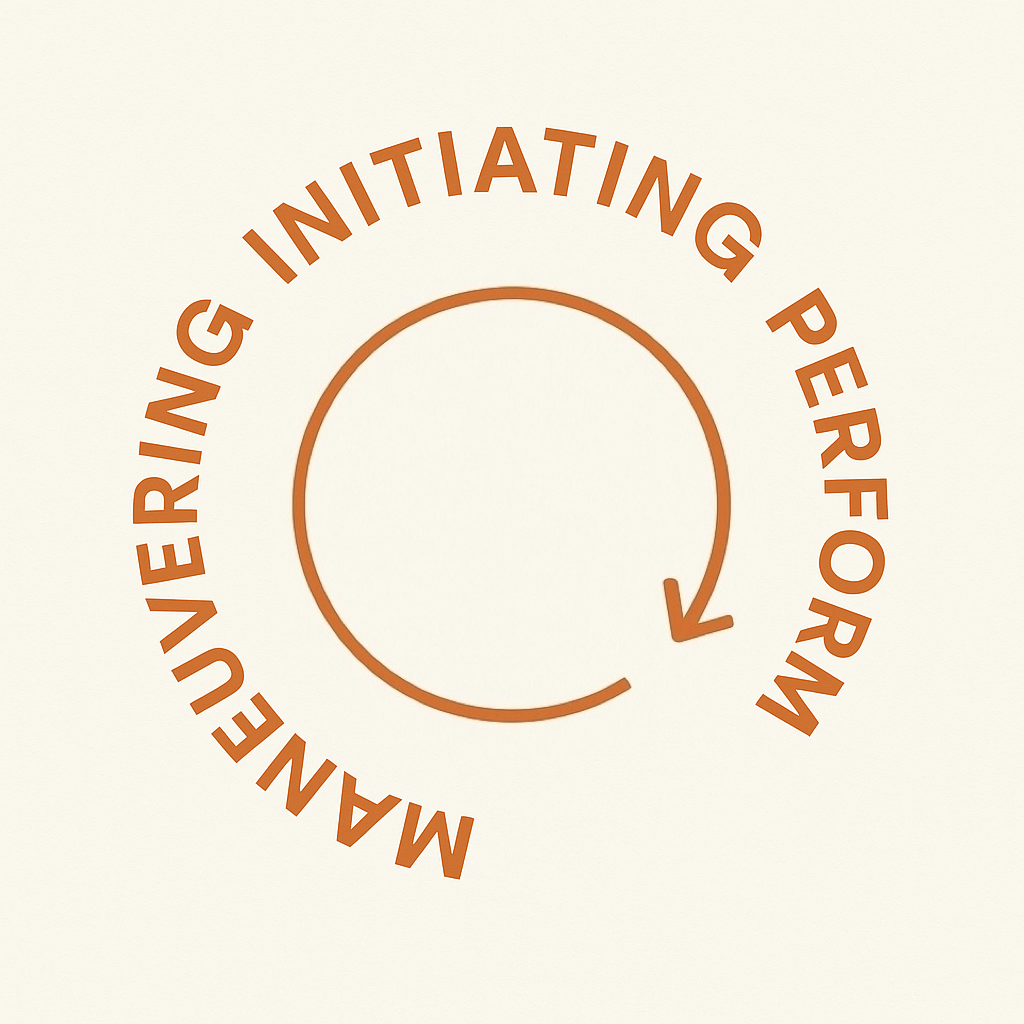What I learned about relationships from old textiles
On repair, sustainability, humility, patterns, and re-connection
A few years ago, I saw my first piece of boro clothing. Frayed, irregular, and patched several times, it was stunning, humbling and inspiring. Because cotton was scarce until into the 20th century, kimonos or futon covers were with patched scrap cotton. Over generations, these textiles were covered with indigo scraps.

While exploring antique Japanese boro textiles, I found unexpected parallels to relationship work– and the twin ideas of repair and sustainability, and other concepts related to re-connecting and relating. These connections became guiding themes:
- Wrecked Beauty, or the Decaying Form
Things fall apart. There is an inherent beauty and magic to restoring form or making new ones.
- Sustainability and Respect for Materials, Labor, and Resources
Repair—of self or relationship—takes time. Honoring that time matters.
- Social Class, History and Memory
We all come from somewhere; our personal and collective histories are stitched into how we show up.
- Ethical and Meaningful Appropriation from the Past
How we carry the past forward, with care, shapes the present.
- Repair, Visible Mending, and Slowness
Relationship mending is intentional and visible throughout therapy or mediation.
- Elevating the Commonplace or Discarded: The Found Person
Meaning can be found in the small, ordinary moments of our day.
- The Human Touch: The Hand at Work
Care, affection, and presence are essential materials.
- Domestic Work, Women’s Work and Feminism
Gender-stuck thinking still plays a part in our relationships.
- The Unknown Craftsman and the Value of Humility
Humility is central in relational work: the willingness to learn and to accept.
- Outsider Art: Being an Outlier
Understanding and celebrating the ways we are different from others.
- Patchwork, Rectangles and Squares: Working Inside the Grid
Structure and predictable process support relational healing.







